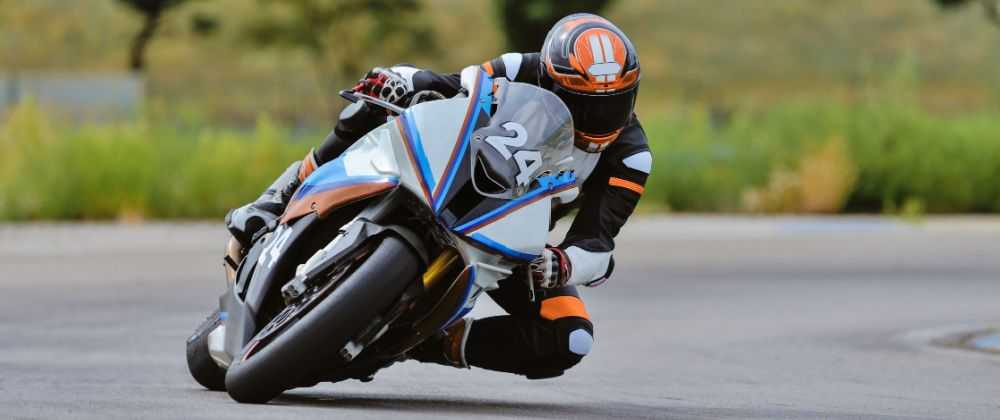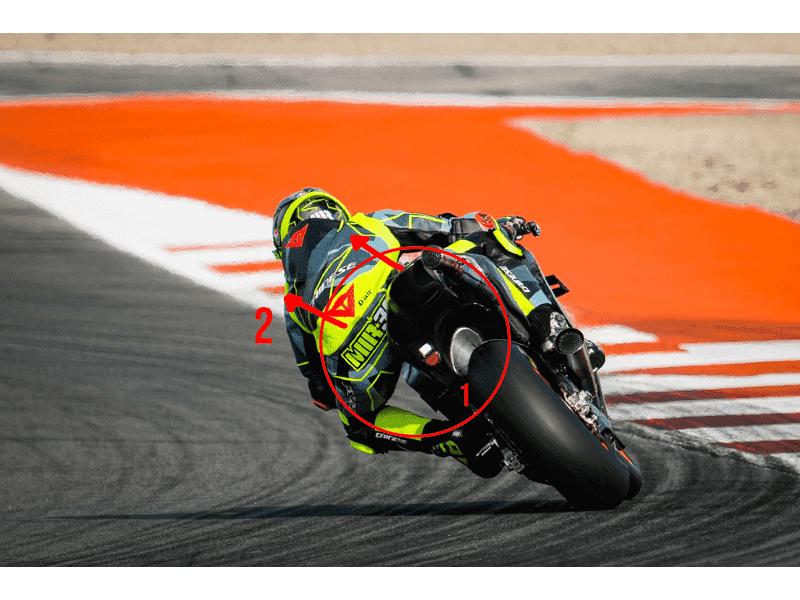
How to Lean a Motorcycle Correctly
Key Takeaways
- Correct motorcycle leaning involves shifting body position to stabilize the bike and keep the centre of gravity low while compensating for the lean angle.
- To lean correctly, shift your body weight to the side of the motorcycle you want to lean and pull the bike down with you.
- On the road, keep the motorbike lean angles to a minimum and compensate by leaning off the side of the bike with your body.
Many riders want to channel their inner Valentino Rossi and lean into corners when they're out and about; it's a natural part of motorcycling and is one of the more exciting parts of riding, plus it has many benefits. But be careful, because if you do it wrong, you might end up on the internet in a viral video, so it's best to learn to lean properly.
Should you lean into turns on a motorcycle?
It is not required to ride a motorcycle to its limits on the open road; instead, this style of riding should be restricted to a race track.
However, a rider who wants to corner somewhat faster and appreciate the bends of the road without slowing down may lean their motorcycle to maintain their fluidity between corners.
It is not necessary to lean your motorcycle excessively because most riders naturally lean their motorcycles during a corner, maximising grip and lessening the chance of an accident. However, riders aiming to achieve the above may actively choose to lean further than most.
Motorcycle lean body position
On a race track, you will frequently see motorcycles leaning over, the rider hanging off the side and scraping their knee on the floor, possibly even their elbow, some even dragging their shoulders on the tarmac, but why?
Hanging off the side of a motorcycle reduces the amount of lean a motorcycle requires at speed, depending on the radius of a corner, enabling the motorcycle to maintain a higher corner speed and accelerate out of the corner quicker due to a lower centre of gravity and motorcycle angle. The closer the motorcycle is to 90°, the slower it will exit the corner as the bike needs to return to 0° to travel in a straight line. The bigger the lean angle, the more timeit will take to return to 0°.
See how much you can save
Compare quotes from 37 insurers
How does this translate to the roads?
Riding on the roads often does not require a rider to drag their knee, and an inexperienced rider doing so risks a potential crash, their own safety, and the safety of other road users.
As previously stated, hanging off the side of a motorcycle reduces the amount of motorcycle-specific lean required at a given speed, which is dependent on the radius of a bend.
When riding on the road, it's crucial to keep motorcycle lean angles to a minimum and compensate by leaning off the side of the motorcycle with your body. The less lean a motorcycle has, the more grip the tyres have due to their larger footprint, and the less strain is placed on the suspension.
The body position of a rider combines with the leaning of the motorcycle.
How to lean a motorcycle at high speed
The fundamentals of leaning a motorcycle involve a rider's body position. A rider looking to lean over their motorcycle in a corner needs to shift their body position in a manner that stabilises the motorcycle whilst keeping the centre of gravity low.
A rider must shift their body weight onto the side of the motorcycle they are looking to lean under braking. For example, if a rider is turning left, they must move their buttocks to the left side of the seat whilst braking, and then as the motorcycle is tipping over into the corner, they must shift their body weight, shoulders, and torso to the left side of the motorcycle, much like the below image and pull the motorcycle down with them.

The rider has moved their buttocks to the left side of the seat, as shown in the example for arrow number #2, to change the dynamics and centre of gravity on the motorcycle to lean to the left.
From arrow #1, you can see his shoulders, torso, and upper back are also leaned in the direction of the motorcycle's left side to allow the centre of gravity to shift; a rider should not sit upright or lean the opposite way as this can unsettle the motorcycle.


How far is it safe to lean
The lean angle of a motorcycle depends on the type of motorcycle, the tyre technology, and the rider's skill.
Riding on a track will differ from riding on a road, and a rider shouldn't look to drag their knees or elbows on the road but should lean enough to be safe on the motorcycle and minimise the potential of an accident.
The maximum lean angles of motorcycles are as follows:
- 0° Upright
- 40° Scooter
- 50° Street Bike
- 55° Supersport
- 61° Superbike
- 65° MotoGP
There have been instances when riders have managed to get more lean angle, like Moto GP rider Marc Marquez, who leaned his Honda over to a dizzying 70°, but realistically, a rider riding on the road shouldn't expect to exceed 25° of lean angle.
How far can you lean a motorcycle on a wet road?
How far a motorcycle can be leaned on a wet road entirely depends on the surface, the tyres the motorcycle being used, and the rider's ability.
Road tyres are made to withstand leaning over on corners, and professional riders are able to drag their knees and elbows on the floor even in torrential rain during races, but obviously only with the highest quality wet weather racing tyres!.
As always, in wet weather, it's best practice to ride within your limits and only lean as far as you feel comfortable doing. If you would like to gain more confidence riding on wet tarmac, you could look into booking an advanced riding course.
Compare insurance quotes now!
Making bike insurance easy since 2006
